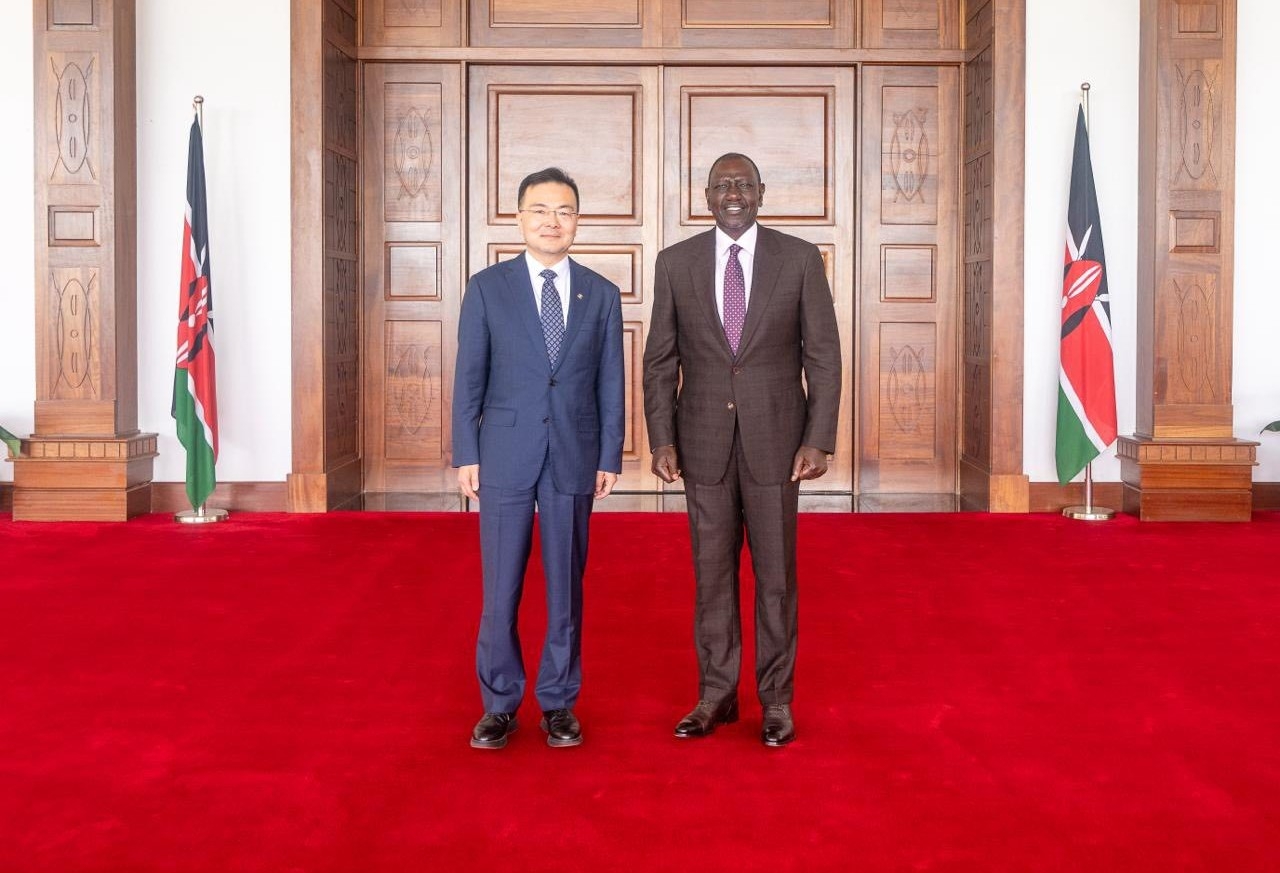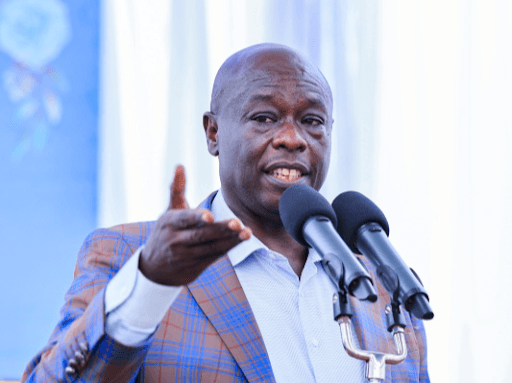

The supply of money in the Kenyan economy grew at the
slowest pace in a decade in history despite increased lending to both the
government and the private sector.
This perhaps explains why households registered a decline of
1.5 percent in the overall consumer-spending index during the year under
review, according to the ILAM Consumer Spending Index.
Retail business sales trends remained flat between the first
and second quarters of 2024, but large and medium-sized businesses saw an
improvement in sales during the second quarter.
The Economic Survey,
2025, released Tuesday by the Kenya National Bureau of Statistics (KNBS) shows
that Broad Money supply (M3) expanded by a single percentage point to Sh6.1
trillion from Sh6.04 trillion recorded in 2023.
This is the slowest growth recorded in history, with data
from Focus economics indicating that the Kenyan economy recorded an average
money supply growth rate of 9.5 per cent in the decade to 2022.
In 2023, the total amount of money in supply rose by 12.9
per cent.
M3 money supply represents the broadest measure of the money
supply, including all components of M2 plus large time deposits and other
liquid instruments.
It provides a comprehensive view of an economy’s liquidity
and financial health, helping policymakers gauge economic vitality, forecast
inflation, and understand the impact of digital and interconnected financial
systems.
Equally, M2 money supply, a measure of the total amount of
money circulating in an economy, declined from Sh4.4 trillion in 2023 to Sh4.3
trillion during the year under review.
It includes M1, which
is cash, checking accounts, and other highly liquid assets, plus savings
accounts, money market funds, and other liquid assets that are easily
convertible into cash.
In essence, M2 provides a broader view of the money supply
than M1, encompassing a wider range of readily available funds.
Even so, credit advanced to the national government
increased by 6.3 per cent to Sh2.4 trillion as at December 2024 while credit
advanced to the private sector increased by 0.9 per cent to Sh4.75 trillion as
at December 2024.
According to the
report, commercial banks’ credit real value to the private sector decreased to
Sh2.84 trillion in 202,4 down from Sh2.96 trillion in 2023, while the total
commercial bank credit increased by 1.5 per cent to stand at Sh4.5 trillion.
The real value of commercial banks’ deposit Liabilities
declined to Sh3.6 trillion during the period.
The total assets and liabilities of the Central Bank of Kenya
(CBK) grew by a percentage from Sh2.09 trillion in 2023 to Sh2.11 trillion.
Assets held with external banks increased by more than half to Sh509.9 billion.
Advances and discounts to banks as well as direct advances
and overdraft to the Government reduced from Sh246.1 billion and Sh610.8
billion in 2023 to Sh126.9 billion and Sh571.7 billion in 2024.
Total deposit liabilities grew by 22.8 per cent to Sh1.13
trillion, with the government and IMF deposits increasing by Sh110.9 billion
and Sh88.3 billion, respectively, over the review period.
CBK’s paid-up share capital increased by 20 per cent to Sh60
billion while the General Reserve Fund (GRF) declined by 12.7 per cent to Sh310
billion as at December 2024.
Overall, the financial and insurance sector recorded a
growth of 7.6 per cent in 2024 compared to 10.1 per cent growth in 2023.














